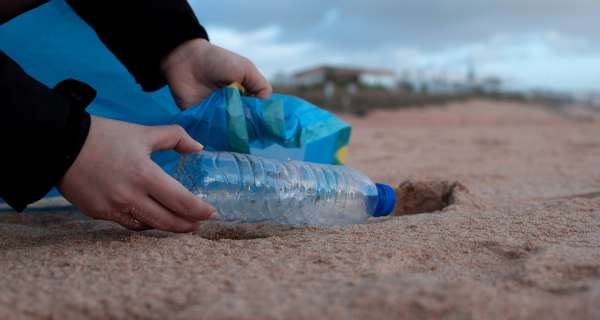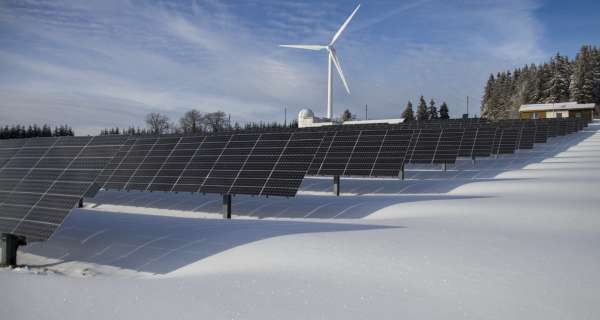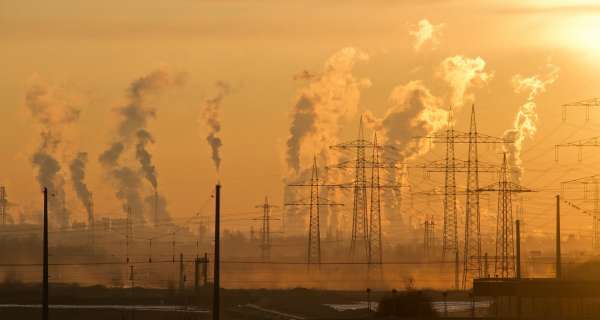Latest News RSS
80% of the world's ocean plastics enter the ocean through rivers and coasts. The other 20% comes from marine sources such as fishing nets, ropes, and fleets. To deal with plastic pollution, we need to know where these plastics come from. Previous studies suggested that a very small number of rivers were responsible for the vast majority of ocean plastics: 60% to 90% of the plastics came from just ten rivers.
Higher-resolution mapping and consideration of factors such as climate, terrain, land use, and distance to the ocean suggest that many smaller rivers play a bigger role than we thought. 1,600 of the largest emitting rivers are needed to account for 80% of plastic inputs to the ocean.
It is estimated that 81% of ocean plastics come from Asian rivers. The Philippines alone contributes about a third of the world total. Since the number of contributing rivers is much larger than previously thought, we will need global efforts to improve waste management and plastic collection rather than targeting just a few of the larger rivers.
Aviation counts for about 2.5% of global CO2 emissions, but its overall contribution to climate change is higher. This is because air travel doesn't just emit CO2 - it affects the climate in several more complex ways.
One of the very worst misconceptions about the challenge of climate change is that it is an easy problem to solve. It is not.
Climate policy is exceedingly difficult and the technological challenges are much larger than the electricity sector alone since it is only one of several big sectors that need to be decarbonized. We need change and technological innovation across all these sectors at a scale that matches the problem and the problem is big.
But what the consideration of changing electricity prices has shown is that we have a clear option in front of us where we are able to make very important progress. Low-carbon technologies that were so expensive just a few decades ago that they were only affordable for satellites have come down steadily in price and now provide the cheapest electricity on the planet (which implies that they are now the cheapest source of energy that humanity ever had access to).
Driving down the costs of renewables is key to a green, low-carbon future, but it also has a big benefit for people today: Your real income is the ratio between what you are paid and the price of the goods and services you pay for – that is why falling energy prices means that people’s real income is growing. Falling energy prices means economic growth and less poverty.
The reason we can hope for a future in which renewables are deployed rapidly and where fossil fuel plants become increasingly unprofitable is that renewables follow steep learning curves, and fossil fuels do not. We are heading towards a future in which the disadvantage of fossil fuels will keep increasing.
But limiting climate change is a race against time and we have a long way to go. There is a good chance that the world has reached the peak of greenhouse gas emissions last year. A huge milestone, but the peak is not the goal; we need to get all the way down to net-zero.
The argument for scaling these technologies up sooner rather than later is that we are getting to the low-carbon, low-cost future faster. This ensures that the power plants that will be built in the coming years are not fossil fuel plants but renewables.
This is key to bringing down greenhouse gas emissions fast. And it has the side effects that it saves people from air pollution and it reduces energy prices – which means growing incomes and declining poverty.
Below we present an article about the costs of the different energy options from 2009 to 2019.
The world lacks large-scale, cheap, low-carbon, and safe energy alternatives to fossil fuels. Until we expand those alternatives, the world will continue to face today's two energy problems. The energy issue that receives the most attention is the link between access to energy and greenhouse gas emissions. But the world has another global energy problem that is just as big: Hundreds of millions of people completely lack access to sufficient energy, with dire consequences for themselves and the environment.






